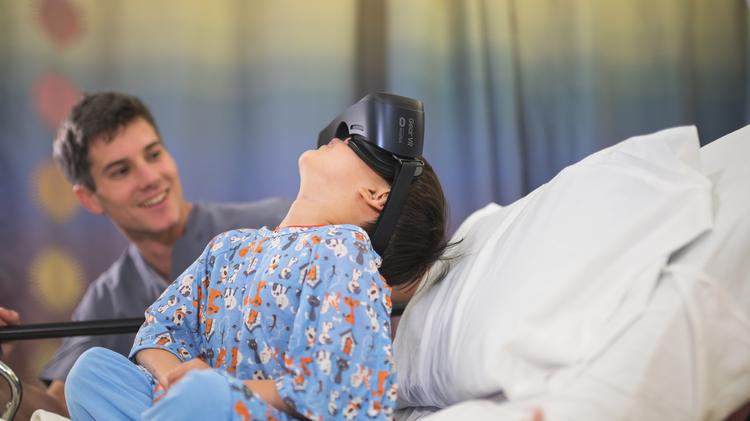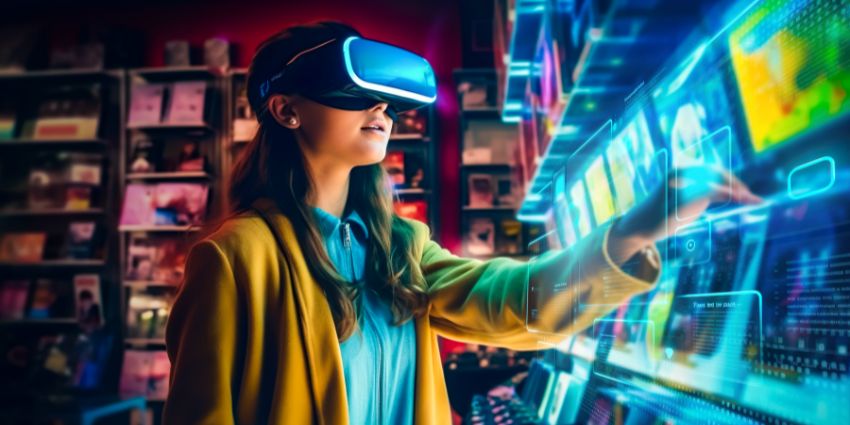https://youtu.be/gMxXkb6L22E
The senses of sight and touch are manipulated to trick the amputee’s brain into perceiving the phantom limb as the prosthetic, meaning it’s no longer a phantom limb at all, but rather an artificial one that can actually be felt. The amputee wears a virtual reality headset that displays the virtual prosthetic limb. A stimulus is applied to the nerve in the amputee’s remaining anatomy, and the illusion of a finger in the phantom limb experiencing a sensation is created. As this happens, the digitally displayed finger on the prosthetic hand glows, allowing the amputee’s brain to connect the two.This allows the virtual reality application to train the amputee to perceive the phantom limb and the prosthesis as one, a valuable tool in the effort to make life as normal as possible for someone who has lost a limb. For more information on EPFL and their work with phantom limb sensations, please read this article: Amputees feel as though their prosthetic limb belongs to their body Every headset comes with a smartphone loaded with customized content. These virtual reality experiences transport children out of the hospital setting and into interesting and exciting environments such as the depths of the ocean or far reaches of outer space.
By working closely with software developers that specialize in improving patient experience, increasing mindfulness, and reducing anxiety through virtual reality, Dr. Rodriguez and Dr. Caruso have been able to develop original virtual and augmented reality content geared specifically towards pediatric patients. This content is customized to be compatible with patients in a variety of clinical settings that may include limited mobility of certain body parts such as the head or arms.
Burgers in space, friendly robots, and more
The games are engaging, but devoid of violence or levels as is common in console games. Medical staff can also increase the level of distraction via a controller during more stressful moments of the procedure like a needle insertion. Spaceburgers created in conjunction with JunoVR transports patients to the far reaches of outer space where they zap random flying space objects including “spaceburgers ” while listening to relaxing music.
Another experience created by Miney Moe, lets patients receiving an IV view a pair of animated 3D robot characters that explain the procedure and then distract them when it counts. Pebbles the Penguin created by Weightless Studio features a penguin that collects pebbles and helps soothe patients via this distraction.
“Our overarching mission is to help as many children as we can,” Dr. Caruso said. “As we build out more experiences, we’re continuing to move from distraction-based therapy into rehab therapy and potential physiological-based therapy for phobias and fears.”
To find out more about the CHARIOT virtual reality program visit their website: https://www.stanfordchildrens.org/en/innovation/chariot
Stanford CHARIOT uses virtual and augmented reality to improve pediatric patient experience




